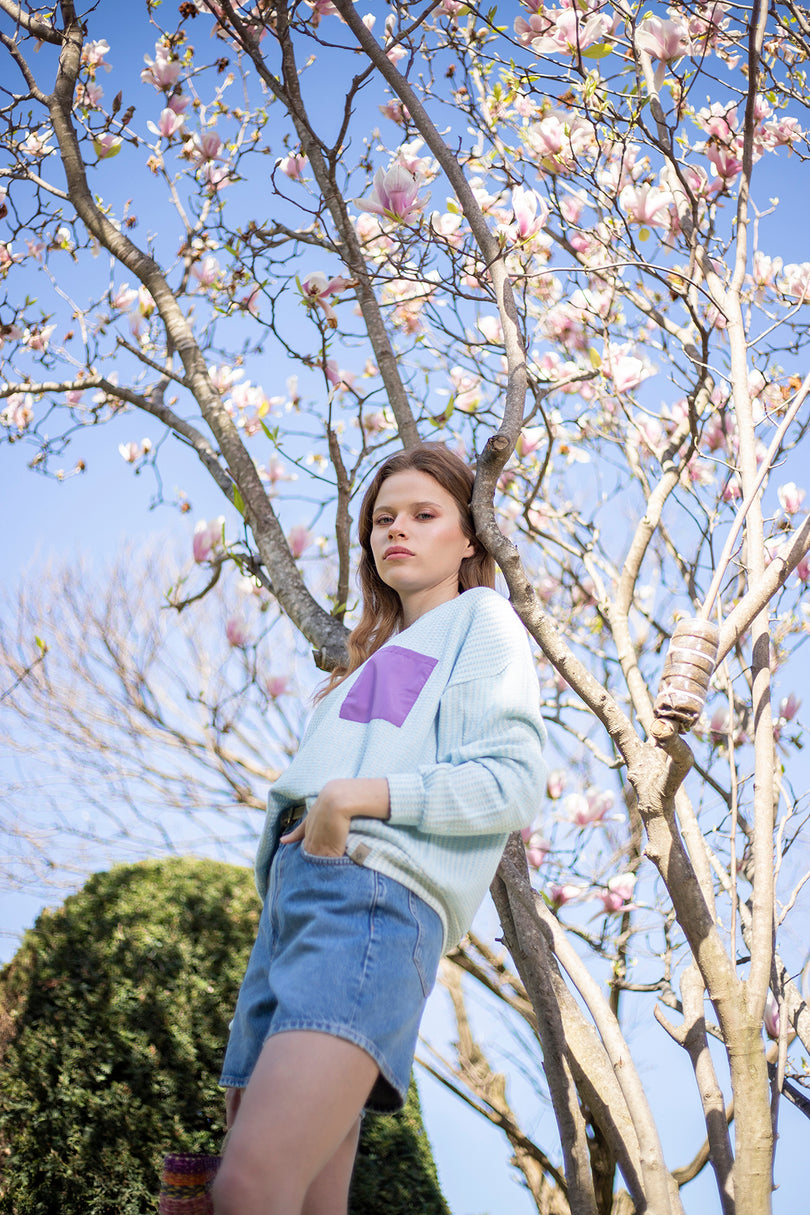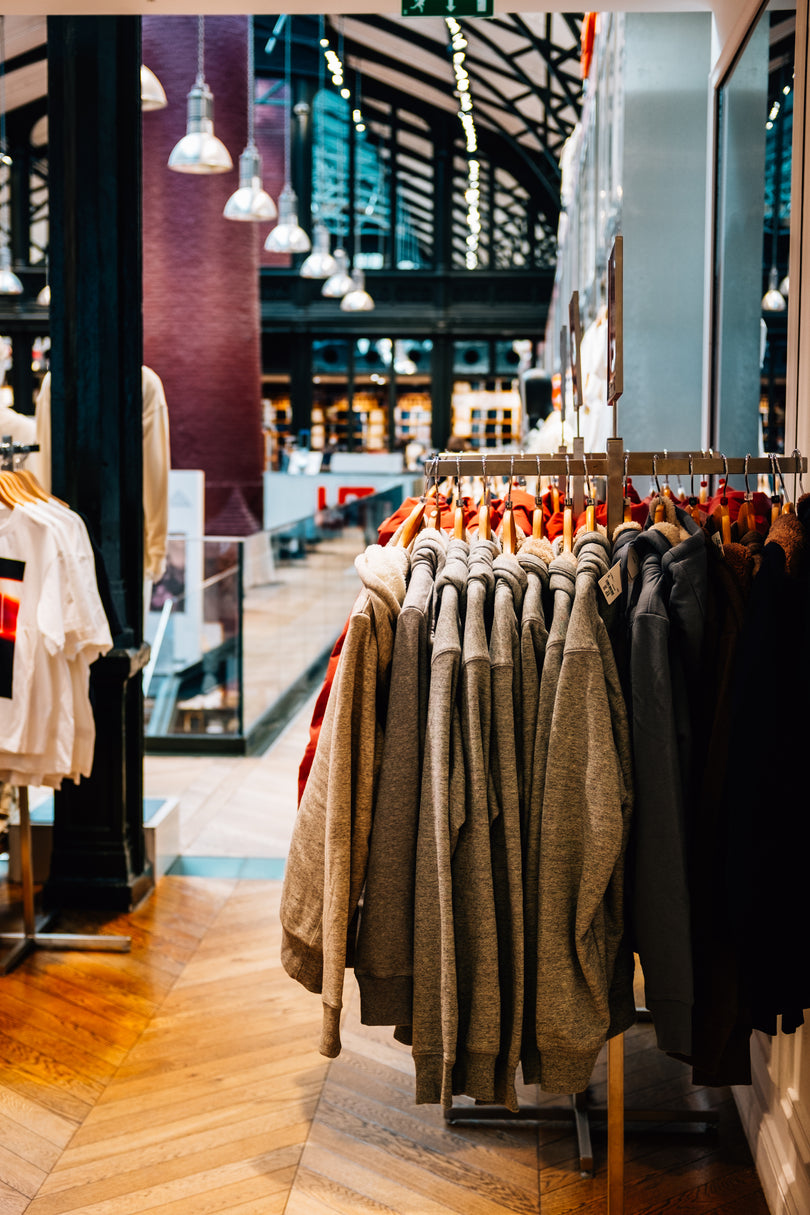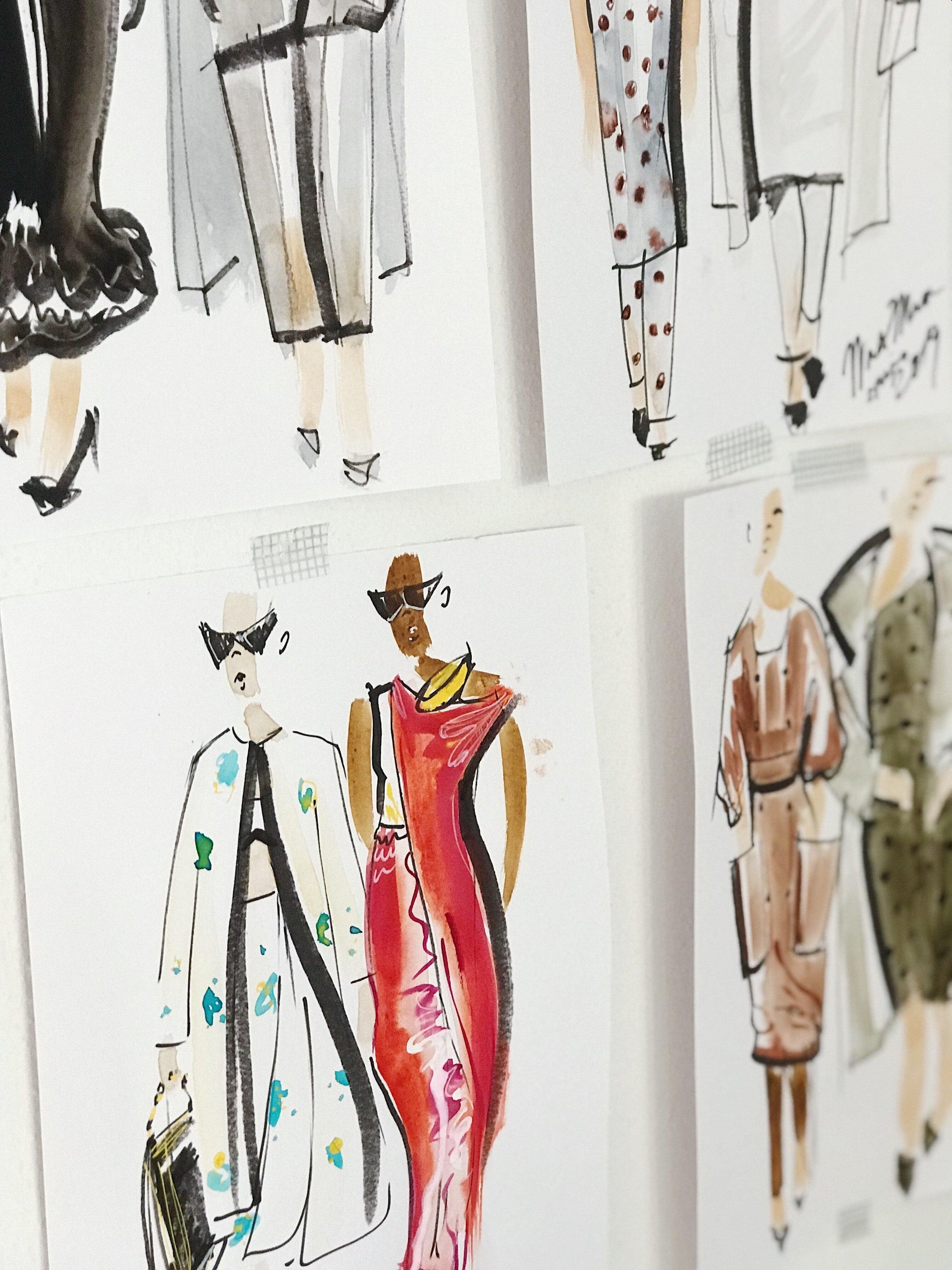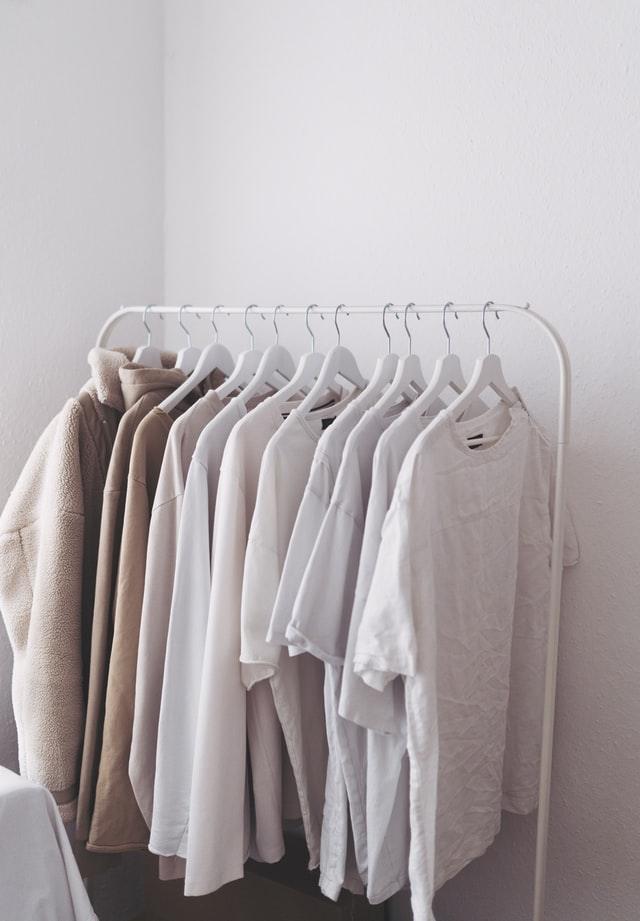As the sustainable fashion movement grows, so too does the use of deadstock fabric. With fashion producing 92 million tons of textile waste annually, largely due to our current fast fashion model pushing overproduction, there’s definitely an opportunity to capitalise on the problem whilst also helping the environment.
Deadstock refers to offcut or discarded fabrics which can’t be used for their original purpose anymore for various reasons. It’s always been a controversial concept and labelled by some as glorified greenwashing, whereas others see it as a much-needed solution to fashion’s waste problem. Sustainable fashion brands are often very vocal about their use of deadstock clothing in a collection because of the instant sustainability credentials at a relatively low cost, but is it really as eco-friendly as it first appears?
Of course, we can’t ignore the golden rule; the most sustainable option is the clothes you already own. That’s why we suggest these sustainability tips to ensure you’re getting the most out of your clothes and asking yourself what you truly need before you buy.

The pros and cons of deadstock clothing
The concept of ‘available fabric’ exists alongside deadstock, referring to one of the hidden causes of excess material in factories. As we outlined in our blog ‘What is Deadstock?’, fabric mills often have minimum batch sizes for each order and will fufill it even if a brand has requested less than this amount. This overproduction is due to the cost, time and manpower needed for stopping and cleaning the machine before switching to a new fabric production. It often works out easier for the mill to produce extra fabric, knowing it can be sold off for a slightly lower price or held as ‘available fabric’ for another buyer. This concept is perpetuated by our current fast fashion economy, which sees overproduction as the norm and has no issue with excess fabric production.
This isn’t always the case, however. A percentage of the fabric produced will be rejected and labelled deadstock, and it’s more likely to be destined for landfill rather than sold off as available fabric. This may be down to a few minor issues that are acceptable to consumers but not brands, like colour imperfections, or small marks that might be easily hidden, but a big brand doesn’t want to bother with. For small brands like ours, the care and attention needed for designing around deadstock and potentially imperfect materials is worth it and ends up in something uniquely creative.
On the downside, buying deadstock fabric can lead to a lack of transparency and traceability for brands trying to do better. Sustainable consumption relies on brand communication with consumers so they can make informed decisions for the betterment of the planet, but it can be tricky when it comes to deadstock. If brands are buying deadstock through a third-party platform, they may not be informed about the working conditions of the factory the fabric came from, or why the fabric was rejected in the first place. With sustainability reports becoming one of the best ways brands can measure their impact, and proposed laws on the way to make this mandatory, it could spell future trouble for brands - not to mention consumers trying to shop sustainably.
For deadstock brands that do care about traceability, going direct to the factories and sourcing your own materials is a win-win; knowing exactly who made the fabric and being able to pick and choose each scrap for colour, print and quality. Something as small as a colour imperfection or slightly misprinted design can be easily worked around, saving the discarded fabric from being burnt or thrown away. One of the best features of deadstock clothing is the creativity behind repurposing something discarded by others and turning it into something beautiful. With no minimum orders or batch production, there’s a chance shoppers can buy something truly unique, and do their part for the environment at the same time!
Of course, we can’t talk about the sustainability of deadstock fabric without thinking about the future of our fashion industry. Deadstock fabric is a problem produced by fast fashion, which promotes a wasteful and excessive creation of clothes to further the economy, with no regard for our declining climate. Sustainable consumption must be centred around a circular fashion industry, which proposes “eliminating waste and pollution…” as one of its key principles. Without our current wasteful fabric production, there would be no supply of deadstock to use up, putting stress on brands to change their business model or otherwise adapt in order to survive.
The common solution to this problem is for brands to use deadstock as a temporary fix, and continue to work towards long-term solutions. It’s an ingenious way of using up the waste fashion has already created, and changing consumer mindsets about what should and shouldn’t be deemed un-usable. After all, without deadstock fashion brands like ours, there would be no other use for the mountain of scraps in fabric mills, and if it’s available and ready to use now, then why not? Our ethos - “no product is more sustainable than those already produced” - rings true. As long as deadstock brands are fighting for sustainable practices and educating consumers on the issues instead of perpetuating them, then it’s a win-win situation.
So, is deadstock sustainable or not?
The answer is that it’s not as simple as yes or no - it’s a complex issue which varies depending on the brand. The big issue lies in materials and transparency. Brands need to be as informed and honest as possible when it comes to their fabrics and suppliers. The other issue lies in the future of fashion; as eco-friendly as deadstock may or may not be, in order for fashion to be sustainable the industry needs to switch to a circular economy, with no place for overproduction or deadstock fabric.
As Good On You sums up rather nicely; “while deadstock fabric will hopefully become obsolete in future as we move towards a more circular fashion industry, right now, using it up is our best option.”




